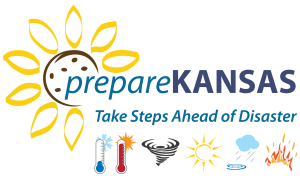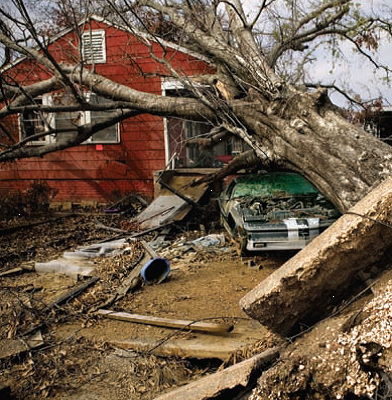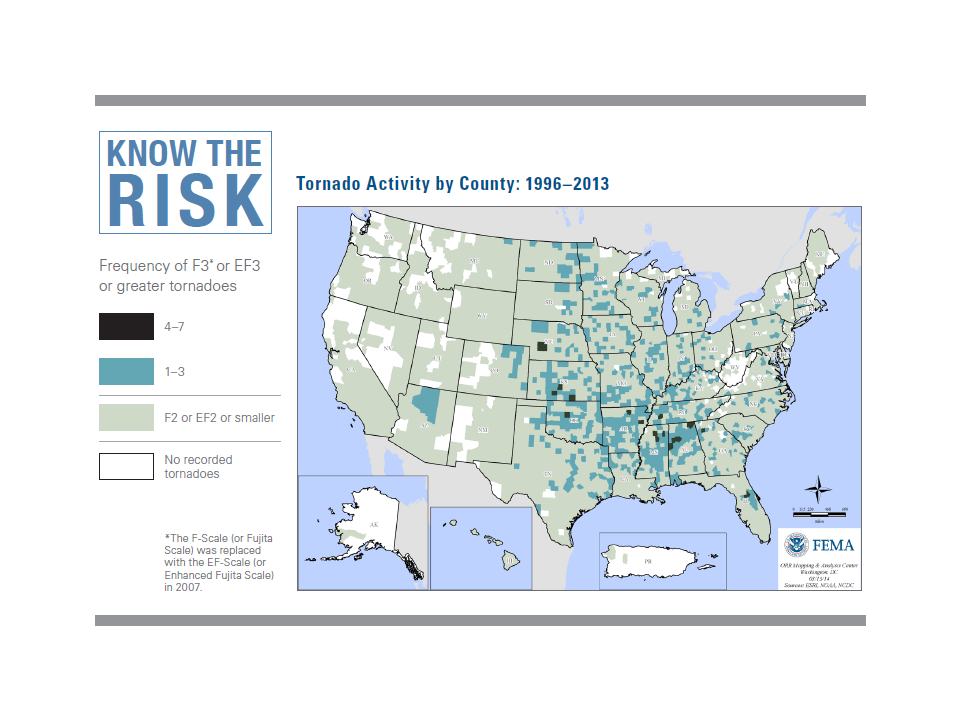
Just like having a working smoke detector, preparing for the unexpected in other ways makes sense. Register now for the 2015 Prepare Kansas online challenge and learn how to plan ahead for the most common emergencies we experience in Kansas – temperature extremes including drought, tornadoes, floods, and fire.
A little work now can make recovering less difficult. We’ve broken the program down to a few activities to do each week, which makes it easier than if you’re trying to do many activities from a long list. Working on each activity gives families an opportunity to not only work together on becoming better prepared, but can spark conversations about preparedness in general and the best ways to handle future emergencies.
Prepare Kansas is an annual online preparedness challenge from K-State Research and Extension designed to help individuals and families be better prepared ahead of disasters which can make recovery easier. The program focuses on a few activities every week during September. Activities vary each year.




